Spraining an ankle or a wrist can be a very challenging injury to recover from. Sometimes the injury heals all by itself, and other times it can linger for weeks, months and if bad even years possibly! But it happens... right, and there isn't much you can do about it. If you play hard, you're bound to have some injuries that will haunt you for the rest of your days right?
WRONG.
Sprained ligaments and damaged tendons can be difficult injuries to overcome, but they ARE DEFINITELY overcome-able (not sure if that's a word, but I like it.) The best place to start following a sprain/strain injury used to be rest, ice, compress and elevate. Meaning: take time off from activities, ice the area to minimize inflammation, compress the area to decrease swelling and elevate, again to minimize swelling, and increase lymphatic drainage. We are now finding out, that sometimes, this approach or R.I.C.E. isn't the best way to heal these type of injuries. The new way of looking at things is almost the exact OPPOSITE of this principle.
M.E.A.T.
Movement, Exercise, Analgesics and Treatment.
Let's start with movement. Research has been showing that the sooner you start to re-establish movement in a recently injured area, the quicker and better the recovery will be. Typically, you want to wait approximately 72 hours following an acute injury, and then begin to attempt simple range of motion (ROM) exercises. In that initial 72 hours is where analgesics and treatment come in. Analgesics are simply, pain relievers. Whether those are prescribed medication, over the counter non-steroidal anti-inflammatory drugs (NSAIDs) or topical creams such as icy-hot, bio-freeze, rock-sauce. All serve the same purpose... relieving pain, and all have a place - when and when not to be used! Treatment. Treatment can be a variety of modalities, with best results coming from utilizing a multi-modality approach. Some options include: massage, chiropractic care, cold laser therapy, acupuncture, ultrasound therapy, E-stim therapy, Graston, Active Release Technique and many others! All again, based on the purpose of eliminating pain, and speeding healing time, to allow for pain free movement when beginning the road to recovery with exercise.
Finally we reach the final, but most crucial step, exercise. This is where the REAL improvement occurs. The lasting improvement. Unfortunately this is where everyone seems to fail. No one wants to put in the work, and then they wonder why they always have this nagging injury. Let me say this very clear: YOU DO NOT HAVE TO LIVE IN PAIN. It’s not normal, it’s not "now that I am older, it’s just how it is." No. Will you perhaps have to make some changes? Maybe, but there is no reason that you should need to suffer with a minor injury for the rest of your life.
Now, what kind of exercise do I need to do? The perfect exercise: Any!!! Just get moving and you will see results. For tendinous/ligamentous injuries though, research shows the the best way (not the only way) is to put the tissue on tension. Meaning stretch it, and then load it up! Here at BSSR we like to use various isometric exercises, as well eccentric loading exercises to strengthen and stabilize the tissue. Isometric meaning: non-moving contraction of tissue, and eccentric meaning: lengthening tissue (the down phase of most exercises) while continuously contracting it. As of now, we think that when we do this, we are re-aligning collagen fibers (which is what tendons/ligaments are made of) re-establishing strength. The two pictures below are images of collagen samples. The one on the right is healthy, and the one on the left has been damaged and then healed without any intervention. With exercise and some specific training movements we attempt to turn the right picture into the left picture!
For more information on exercises and generalized healthy tips check out our Instagram and/or Facebook pages! Also go leave us a review on Fb or Google, and share our page/blog!


